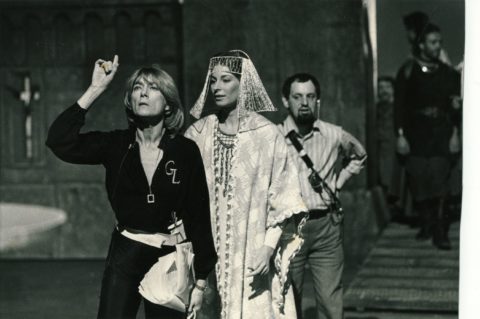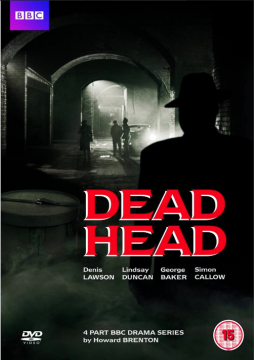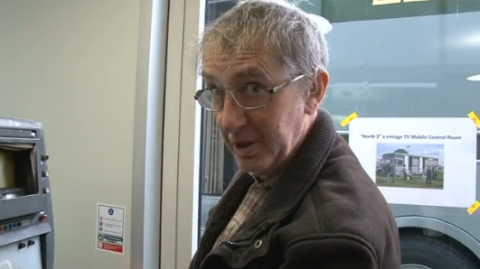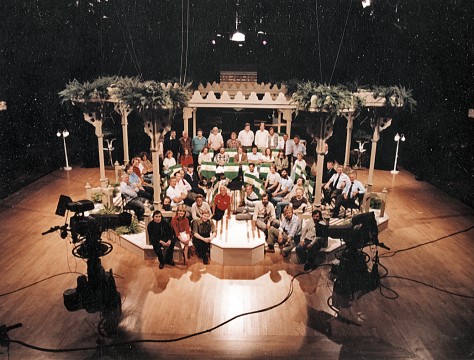With the sad death of the Queen, I was reminded of her 1981 visit to Pebble Mill. This was to celebrate the 10th anniversary of the building. Here are a couple of shots of her visit to Pebble Mill at One. Pebble Mill at One deputy editor, Jim Dumighan showed her around.
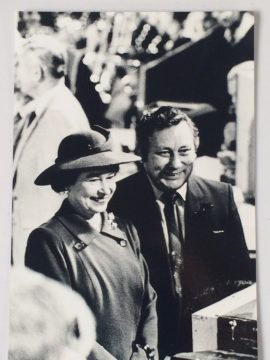
Copyright resides with the original holder, no reproduction without permission
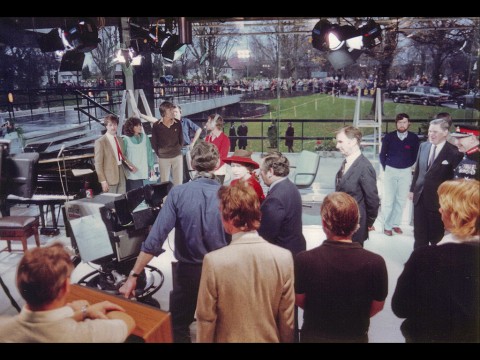
The Queen visiting the Pebble Mill at One foyer studio in 1981. Photo from Keith Brook.
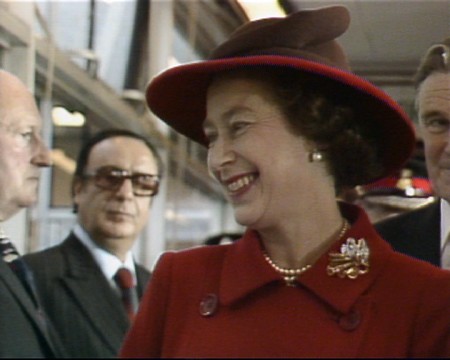
The Queen visiting Pebble Mill in 1981
The following comments were left on the Pebble Mill Facebook page:
Stephen Hawkins: My Mother, Joyce Hawkins, who was Head of the Costume Department, has asked me to state that “In advance of the Queens visit HM named one person she would like to meet. That person was George Collins, a dresser in the costume dept. Much to the genuine surprise of everyone. They had a private conversation.
David Short: I had just joined Pebble Mill as a camera assistant and worked on the Royal visit.
Norman McLeod: Fortunate to be presented in Radio Studio 1. Charmed as everyone was. Palpable memories still treasured together with the pictures, which I am still searching for! Requiescat in Pace.
Harold Rich: As she passed me and my musicians she turned and said “Are you the backing?”
